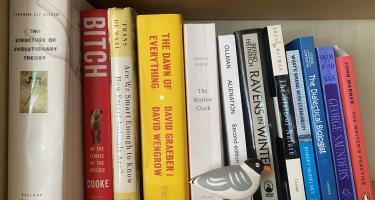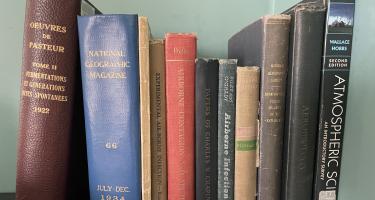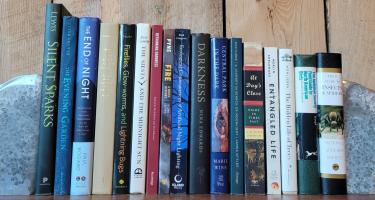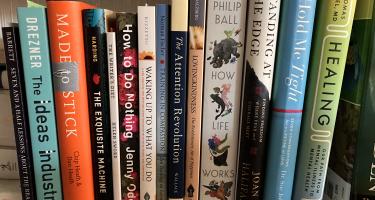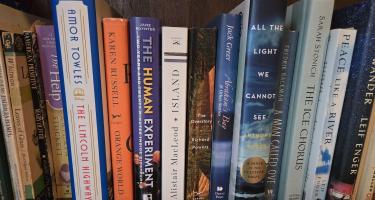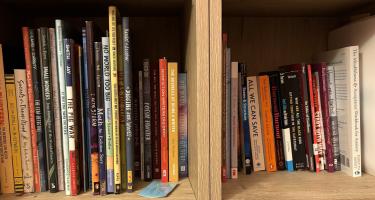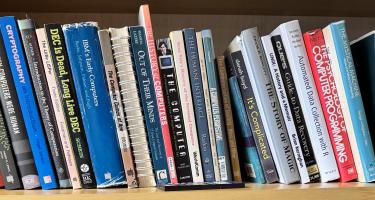
Simson L. Garfinkel—Differential Privacy
Differential privacy (DP), now the gold standard of algorithmic privacy protection, protects confidential data by adding random numbers to create statistical noise when the data is used. The U.S. Census Bureau used DP to protect 2020 census data, for example. In Differential Privacy, Simson L. Garfinkel tells what DP is and how it works. His book is part of an MIT science series for general readers.
